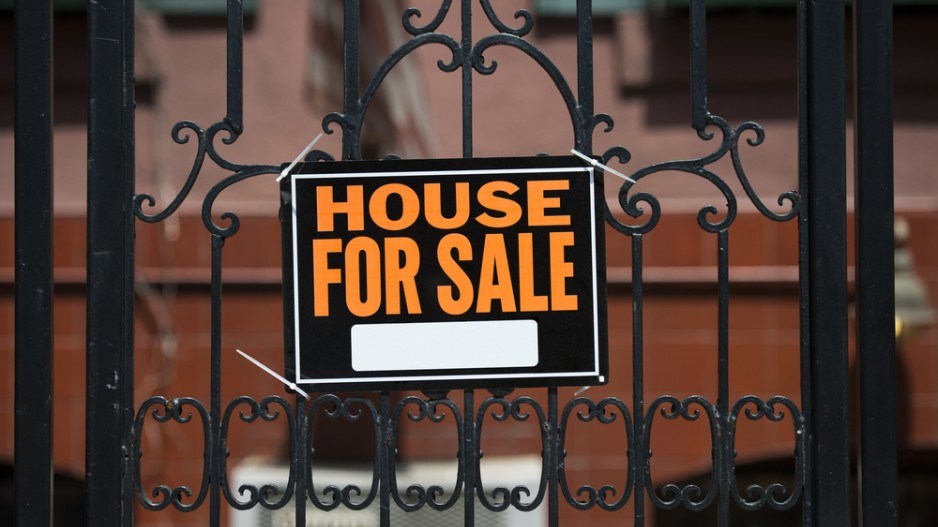The new B.C. Energy Step Code will add up to $80,000 to the cost of a new single-family house while having a minimal effect on energy efficiency, according to the Victoria Residential Builders Association (VRBA).
The Step Code is an amendment to the B.C. Building Code announced by the former Liberal government this April.
Local governments around B.C. are expected to implement the energy-saving changes. The Step Code is slated to come into force on December 1, 2017, and is designed to reduce the number of air changes – in other words, the number of times a home needs to be heated per hour. Under B.C.’s current building code, a typical new house may average three to four air changes per hour.
But Casey Edge, executive director of the VRBA, said because the Step Code targets only new builds, which are already being built to high energy-efficiency standards, there’s a lot of added cost without a lot of benefit.
“For an additional $26,000 [on the cost of building an average Victoria house] you get to knock off half an air change; for an additional $58,000 you can knock off two air changes compared to what we can do now,” he told the Times Colonist.
Edge said the additional cost is likely to be wrapped into a mortgage and therefore will end up costing new homebuyers a lot more over the years.
“In some cases they’ll never get their money back,” he said, noting the energy savings are unlikely to balance off the added expense.
Veteran Victoria builder Ron Bickford said the industry is not against energy efficiency but, with the price of materials increasing and the scarcity of labour during a building boom already driving up prices, the addition of the Step Code makes building affordably in B.C. almost impossible.
“It may drive costs up as much as $100,000 [on larger houses],” he said. “And it means training.”
The VRBA is instead suggesting a staggered implementation of the code and is floating the idea of renovation tax credits for those with older homes.
“It encourages people to retrofit homes, and you’ll exponentially save more air changes per hour instead of doing this,” said Bickford.
Older homes with no insulation can have as many as 40 air changes per hour, Edge added.
The association has also suggested starting the Step Code at Tier 2 – basically the equivalent of the existing building standard – and, after establishing new training guidelines, adding more stringent tiers in five-year increments.
“This achieves the province’s goal of net-zero housing by 2032 affordably and responsibly and without undermining a code standard,” he said.
Edge said implementation of the new code is also a problem.
As initially proposed, the Step Code would allow each of the province’s 162 municipalities a choice of what tier of the code to adopt (the City of Vancouver has its own building code).
“This implementation creates confusion, multiple building practices, undermines a uniform code and deviates from B.C.’s agreement with Ottawa to harmonize with the National Building Code,” Edge said in a letter to the premier.
According to a Ministry of Municipal Affairs and Housing spokesperson, the NDP government is not ready to comment on the code because it is still stepping up to speed on the issue.




